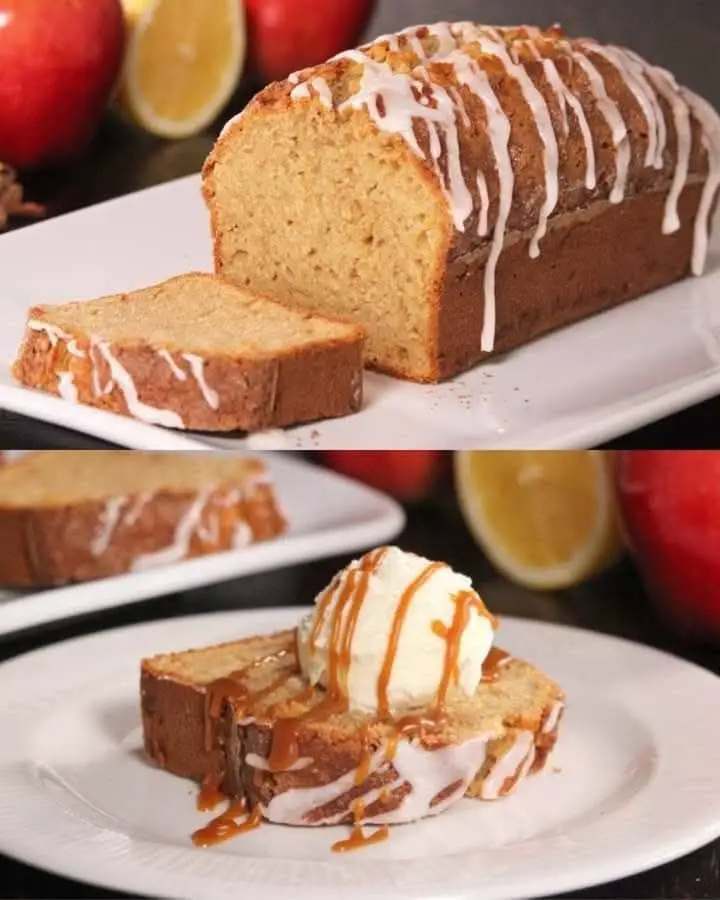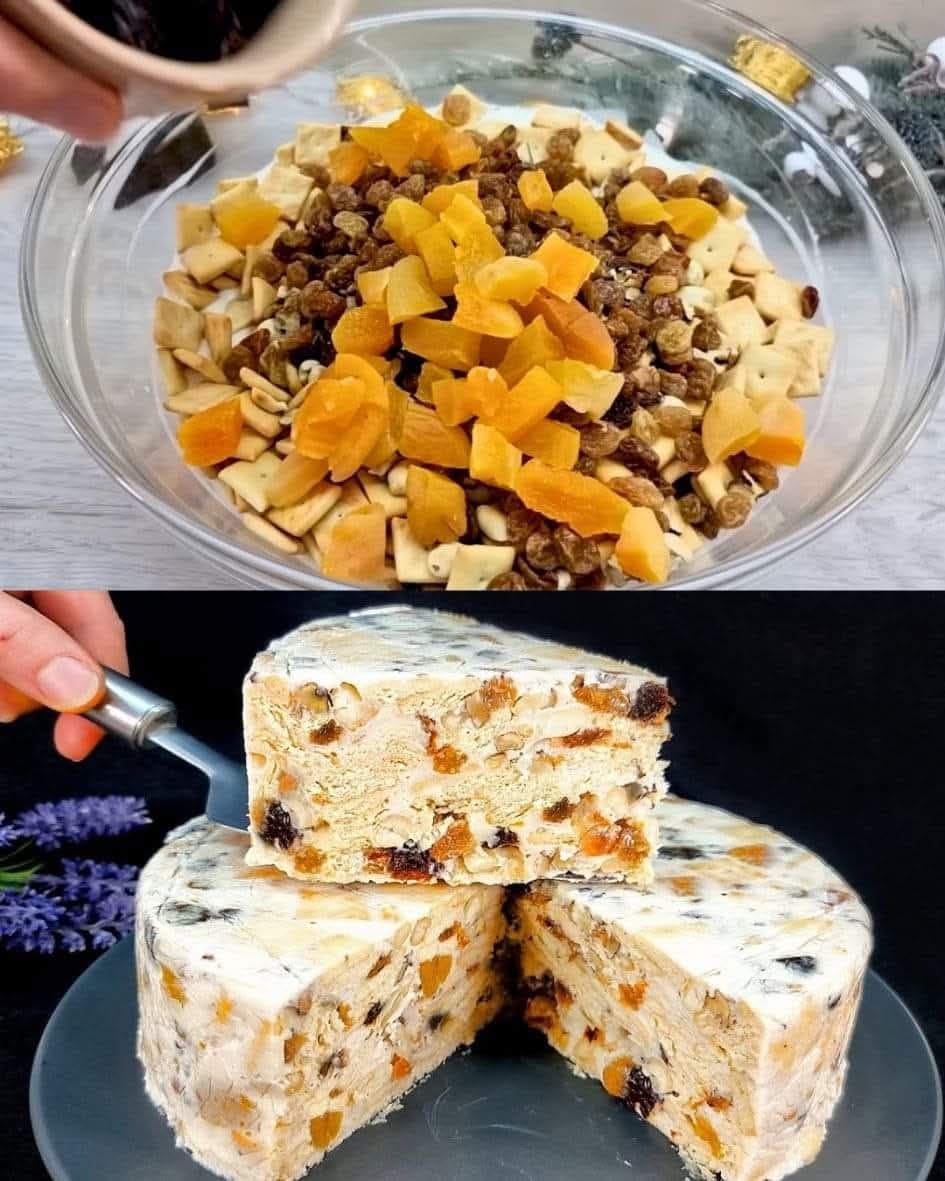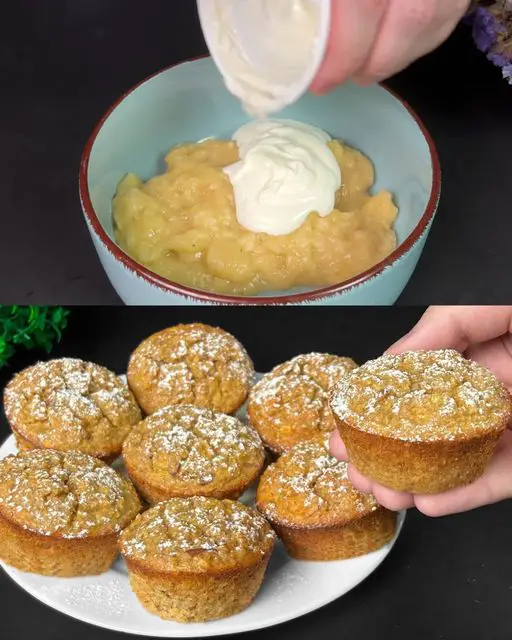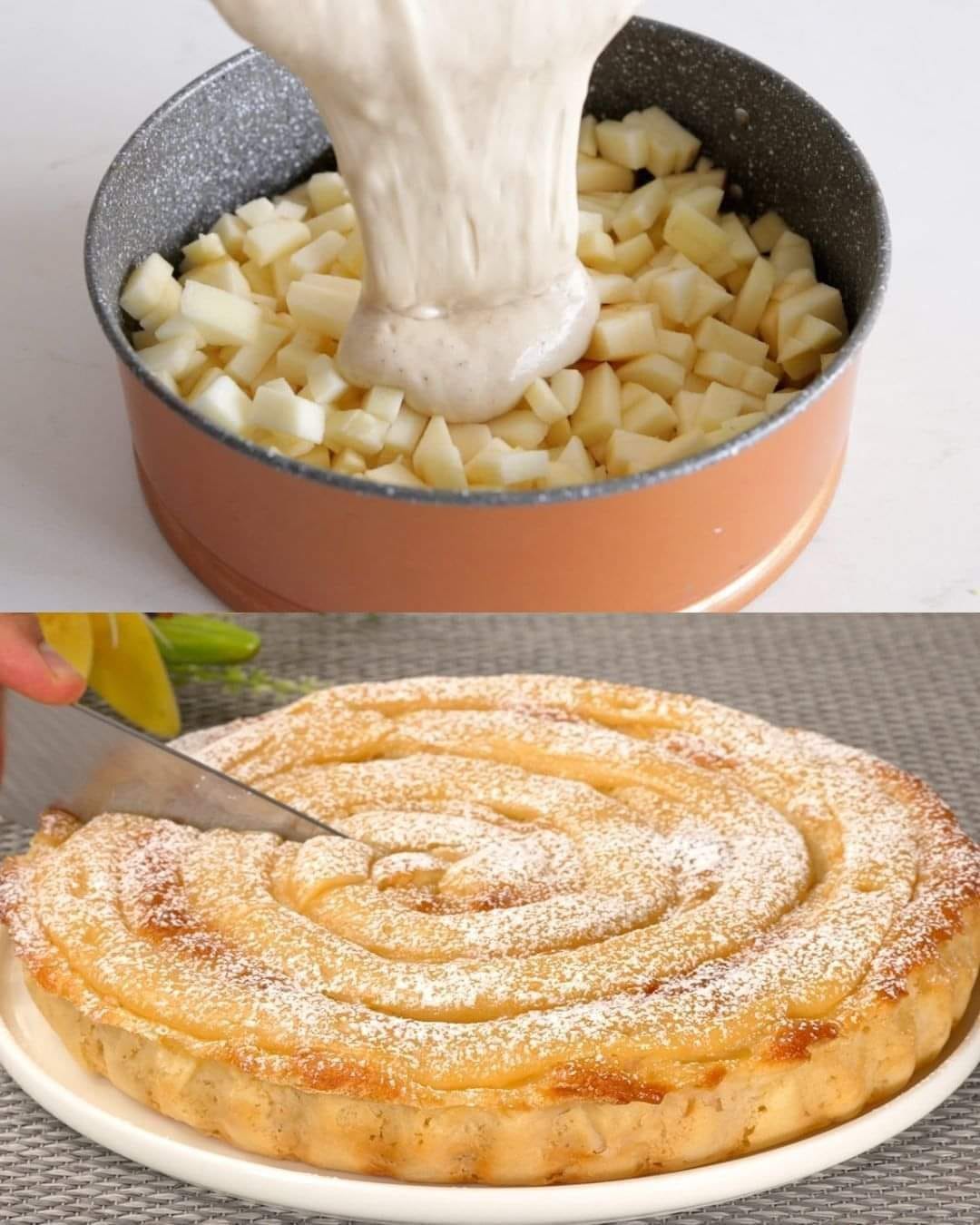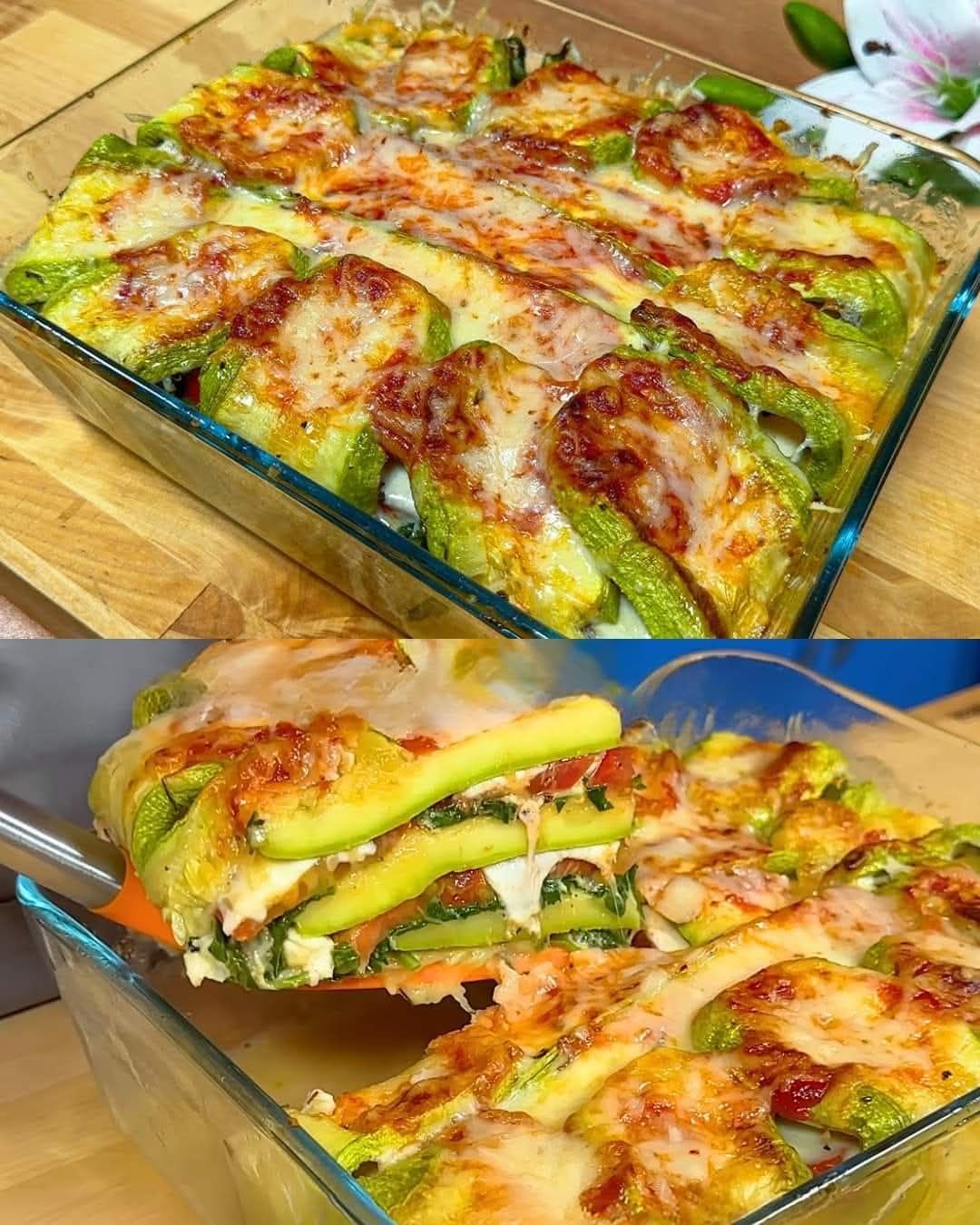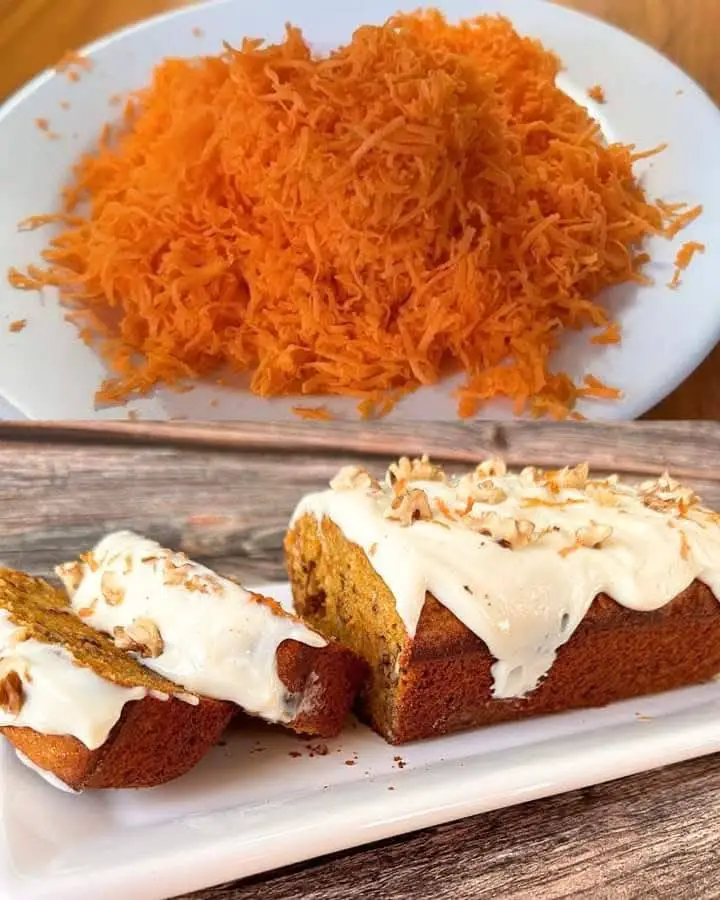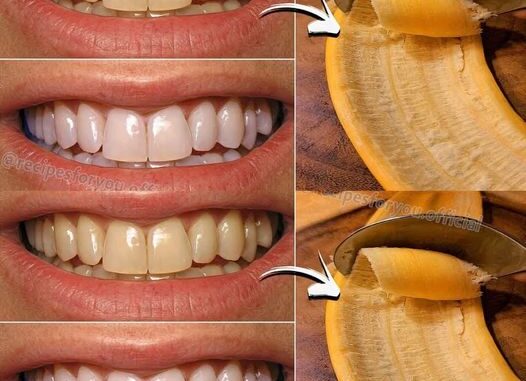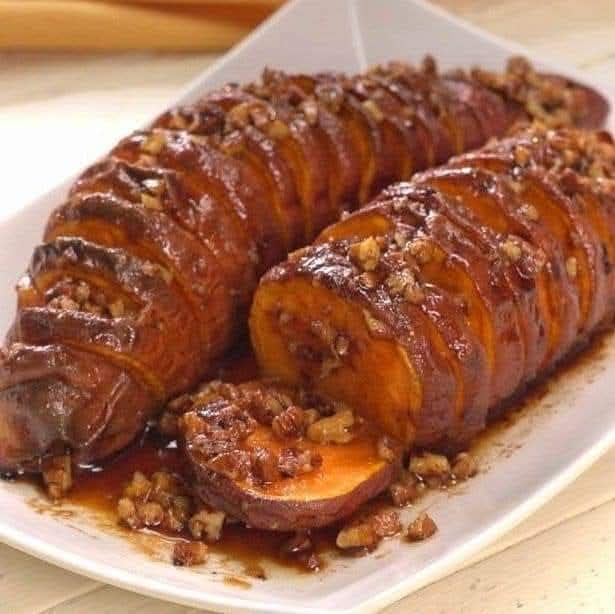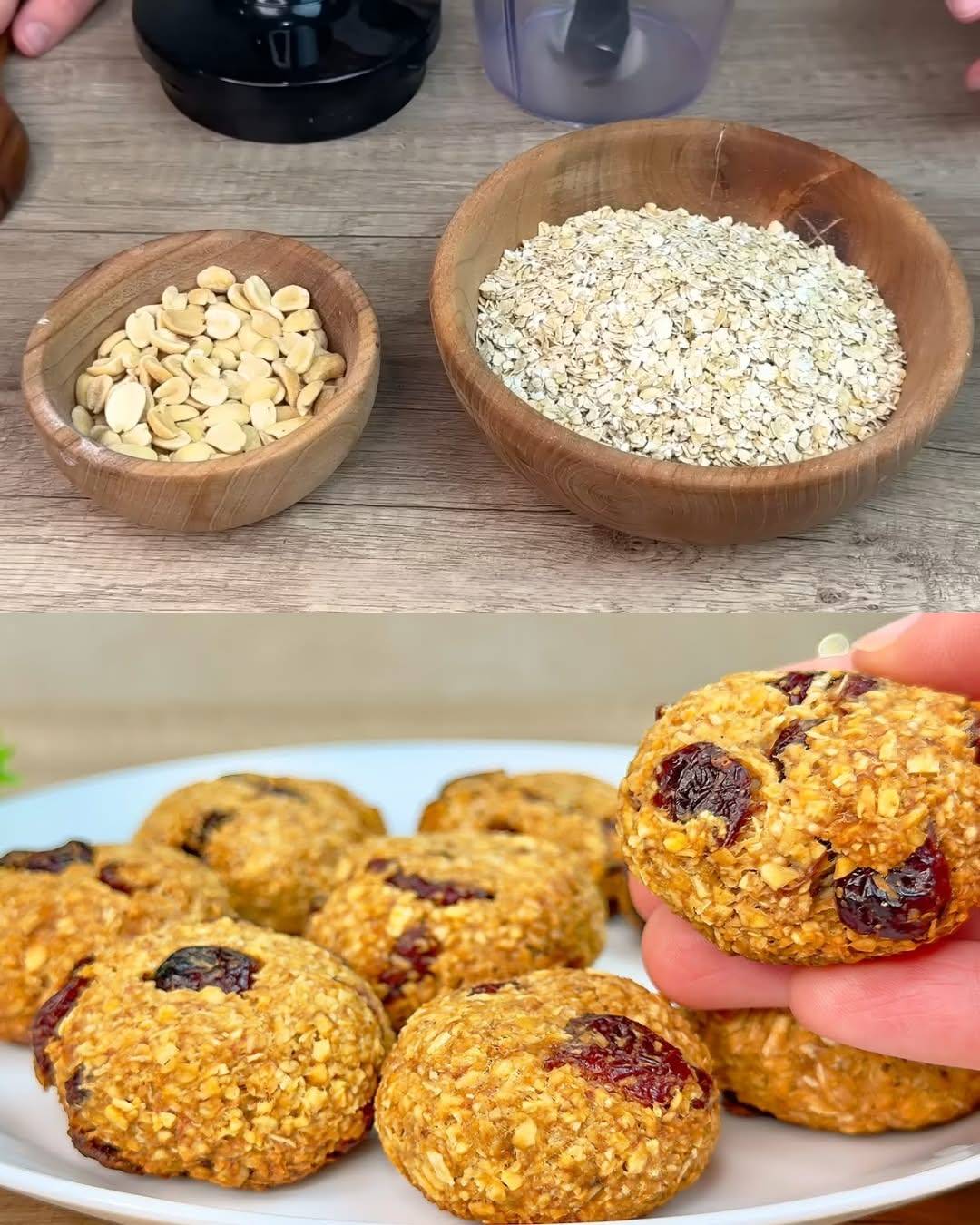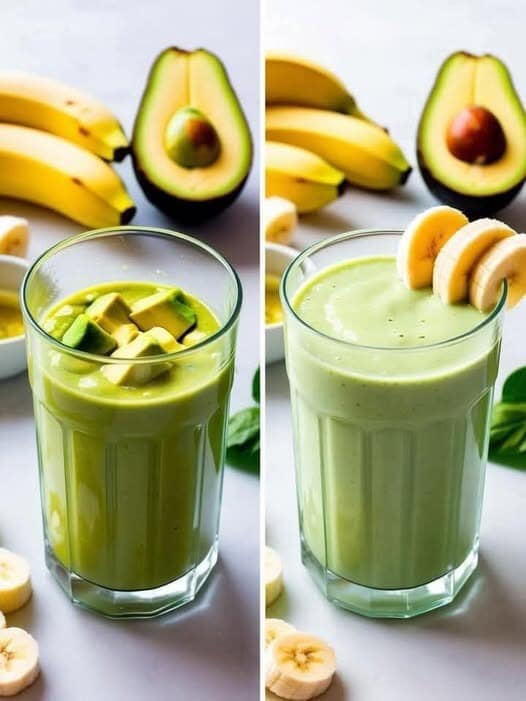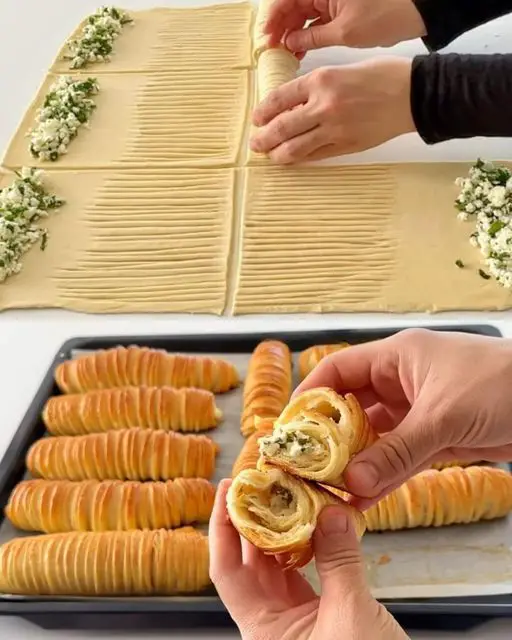Lemon Pound Cake with Condensed Milk Glaze Recipe
Lemon Pound Cake with Condensed Milk Glaze Recipe Table of Contents Ingredients: For the Cake: 120g (4.2 oz) butter, softened (1/2 cup) 200g (1 cup) sugar A pinch of salt 1 tsp lemon zest 3 eggs 250g (1.5 cups) flour 1 tsp baking powder 100ml (1/2 cup) milk 3 tbsp lemon juice For … Read more


